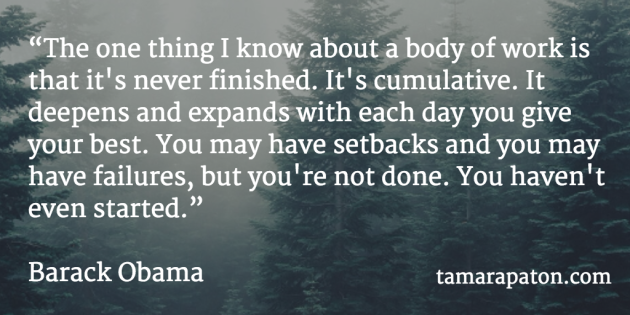

I’m a huge fan of Jeff Goins, the web’s version of a renaissance man. Goins combines writing, digital marketing, and online course creation into a single body of work. His podcast, The Portfolio Life, chronicles his journey and encourages us to build our own portfolio of projects and passions.
I wish I had embraced Goins’ thoughtful intention when I started my career as a corporate director. My goals at the time were small and scattered. I simply meant to meet people in my new hometown. With luck, I would develop a professional identity separate from the babies crawling at home.
Fast forward six years and I make my living serving on and advising boards. The number one question I hear is, “How do I get on a board?” (see here, here, here and here for some thoughts on that). In hushed tones, “How can I make a living on boards?” usually follows.
The ease with which we build a portfolio of board work will vary by the individual. The strength and relevance of your education, experience, and professional network are obvious factors. Hustle and luck count for almost as much of the outcome.
Beyond that base line, I have observed three key considerations that can help all of us turn board service into a lifelong body of work.
1. The funnel. The hopper. The pipeline.
Those in marketing will be familiar with the idea of a sales funnel. Inventors innovate via a hopper. And investment bankers nurture their deal flow pipeline. Regardless of your background, you are probably familiar with the concept of many possibilities yielding few sure bets. This construct applies to board roles, too.
Mingling at conferences leads to coffee meetings and informational interviews. When you least expect it, a potential opportunity might emerge. You’ll polish your CV in hopes of scoring a meeting with a recruiter or nominations committee.
Aspiring directors with a bit more hustle connect directly to organizations and their governance leadership. This “cold call” outreach pays off less frequently, so I tend to recommend nurturing early leads with 5 to 10 organizations at a time. You can improve your odds by asking your network to facilitate introductions. (LinkedIn is an efficient helper here.)
A fraction of these connections will turn into real prospects. You’ll sense the transition when the organization invests time in its relationship with you or gives you access to key people. At this stage, it is tempting to focus exclusively on a promising lead. I encourage you to resist this temptation, instead playing the field with at least 2 or 3 of these conversations underway at a time.
2. Pacing
With smart preparation and a bit of luck, you will land a board seat. Shortly thereafter, an enormous amount of work begins as you learn the structure, operations and culture of the organization. If an average director works 300 to 350 hours per year for a given board, a new director can expect to dedicate significantly more than that. The on-boarding process can be overwhelming for new directors, even when joining non-profits that appear relatively simple from the outside.
With this in mind, I recommend waiting six to twelve months between non-profit board appointments. For more complex paid boards, I wait at least one year. A little bit of patience upfront makes it easier to immerse in the new organization and build the instincts that fuel insightful questions. Conservative pacing might also position you to assume a leadership role on the board or committees on an accelerated timeline.
3. Transitioning from a side hustle to a full-time portfolio of boards
Many directors are content to have board work enhance and complement their full-time employment. Those of us seeking more than that must build a portfolio of roles over time.
Consulting and other project work often offers the flexibility needed to gradually transition into a full-time governance career. Leaders enjoying early retirement or a post-restructuring leave can also take a few years to reinvent themselves as directors.
If you are committed to your full-time role today, you can invest in your board career by volunteering on non-profit boards and building your network. Taking governance training programs can also be helpful, especially since many employers will fund some or all of the cost.
Once you build your desired level of board activity, it’s important to nurture leads for the future. Term limits, acquisitions, and a lack of cultural fit can end your time on any board sooner than you’d like. I expect one of my board roles to wind down later this year, and I’m already lining up what I hope will be my next gig. Fortunately, I’ve developed a system that works to support a body of work that will last.
How are you building your body of work? In the boardroom and beyond, what techniques are propelling you forward? Please share your answer on Twitter, LinkedIn or the comments below.
To receive my posts in your inbox each Monday, I invite you to subscribe. I will always keep your information safe.










